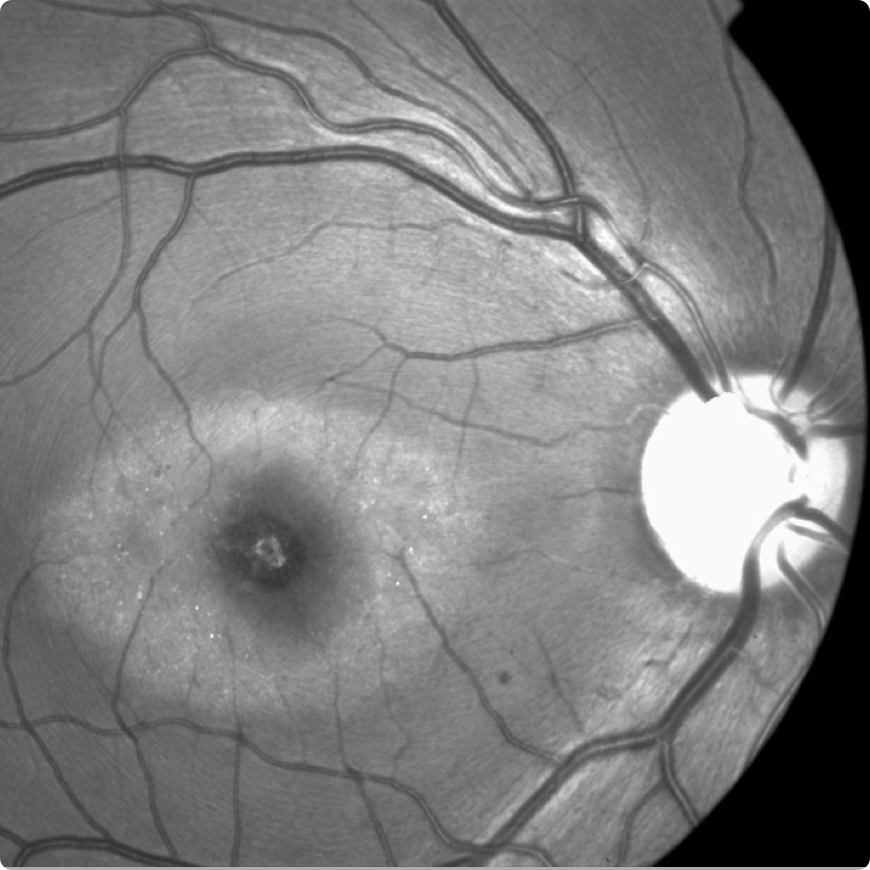The Lowy Medical Research Institute contracts and collaborates with two extramural Reading Centers, which provide objective analyses of ophthalmic images. LMRI works with the Moorfields Reading Center in London, run in partnership with the University College London, and with the Duke Reading Center in North Carolina.

caption goes here

caption goes here
Reading Centers are staffed with experts who analyze ophthalmic images, such as OCT images or fluorescein angiographies. Readers are trained to examine images from a wide range of eye diseases, and to diagnose and classify eye diseases based on the images. Readers also provide measurements or scores of disease progression.
In addition to their expertise in evaluating ophthalmic images, both of the Reading Centers work in close partnerships with external groups, like LMRI, to support multi-site clinical trials. They train readers to reproducibly evaluate images, resulting in more accurate disease descriptions and diagnoses. This leads to more successful clinical trials outcomes.
For LMRI, the Reading Centers provide unbiased evaluations of retinal images from people who have been referred to The MacTel Project, or people who have been referred to participate in clinical trials. The Moorfields Reading Center confirms the diagnosis of The MacTel Project’s Registry participants. The Registry includes people who have MacTel, as well as their unaffected family members. The Duke Reading Center objectively determines if individuals with MacTel are eligible to participate in clinical trials. The Duke Reading Center also objectively measures disease progression in clinical trial participants.



